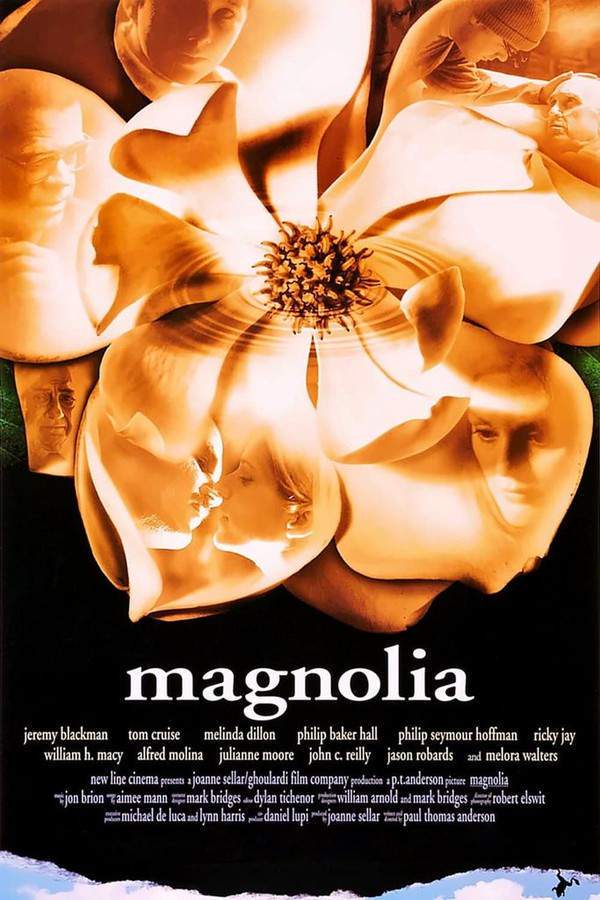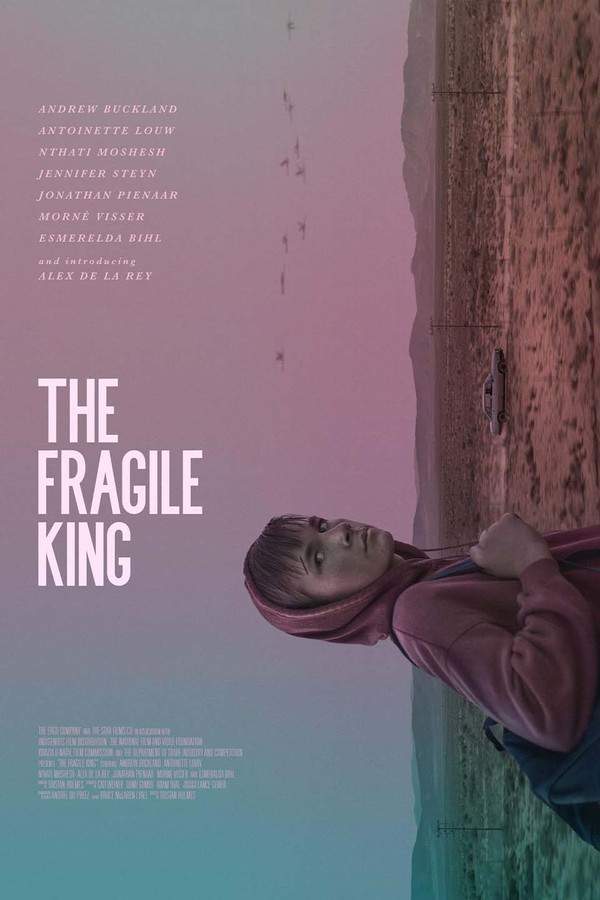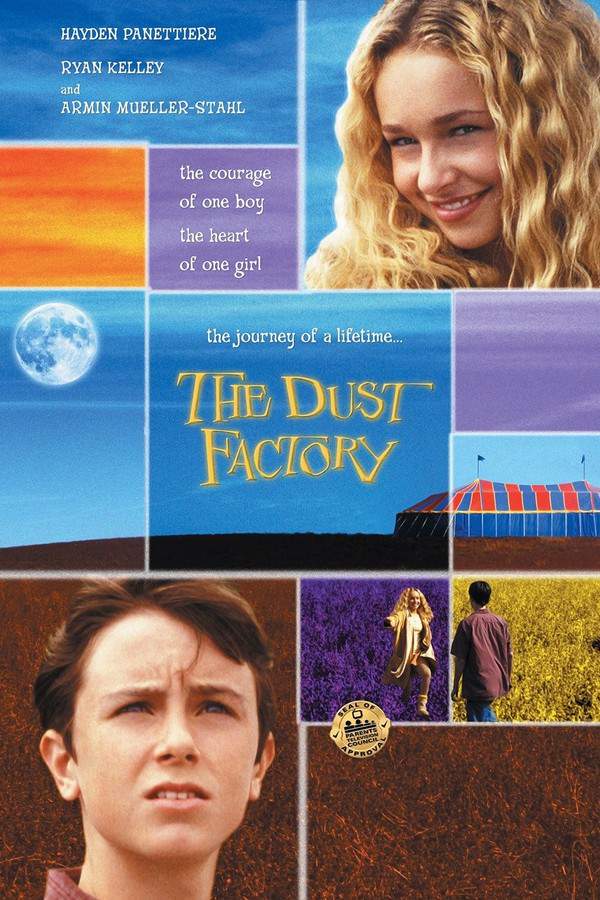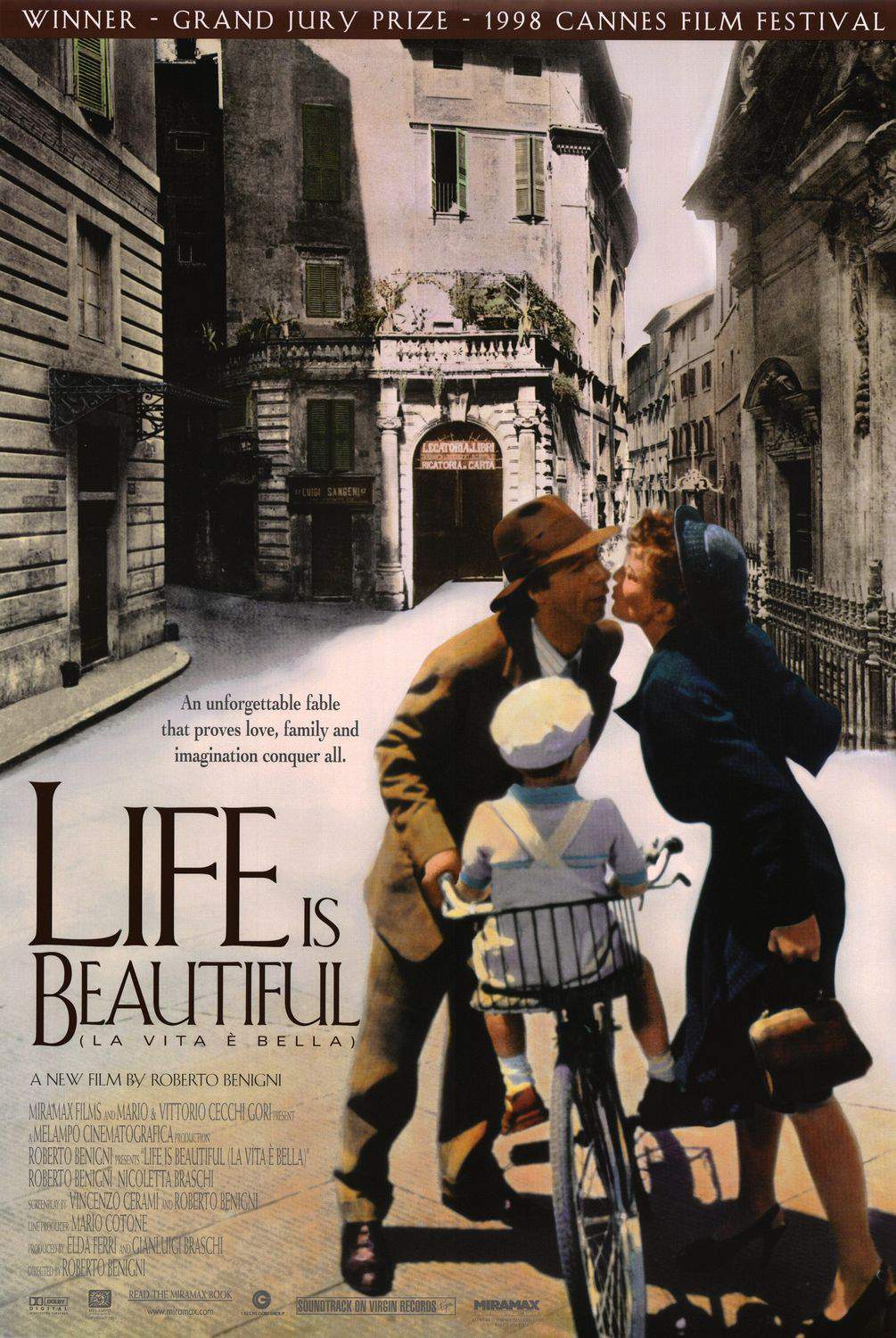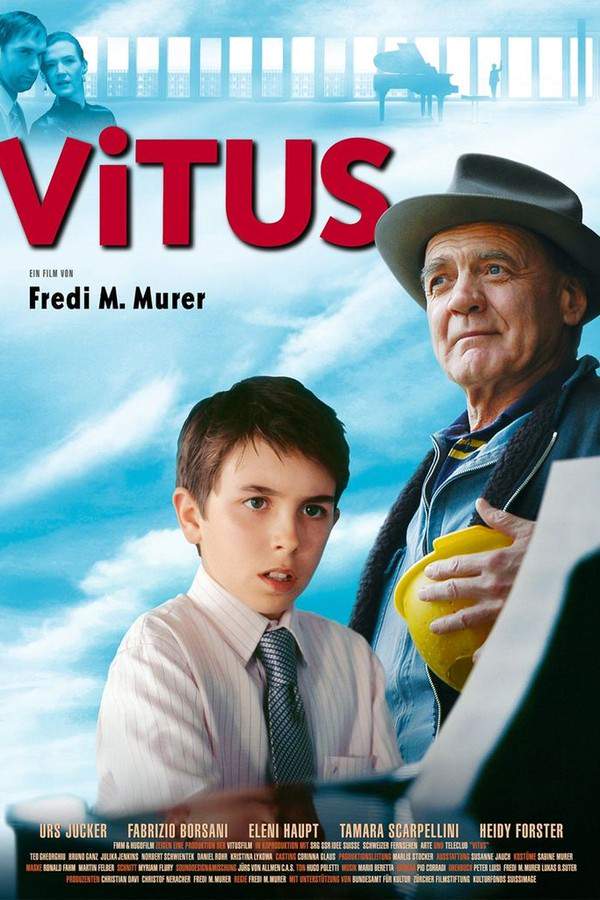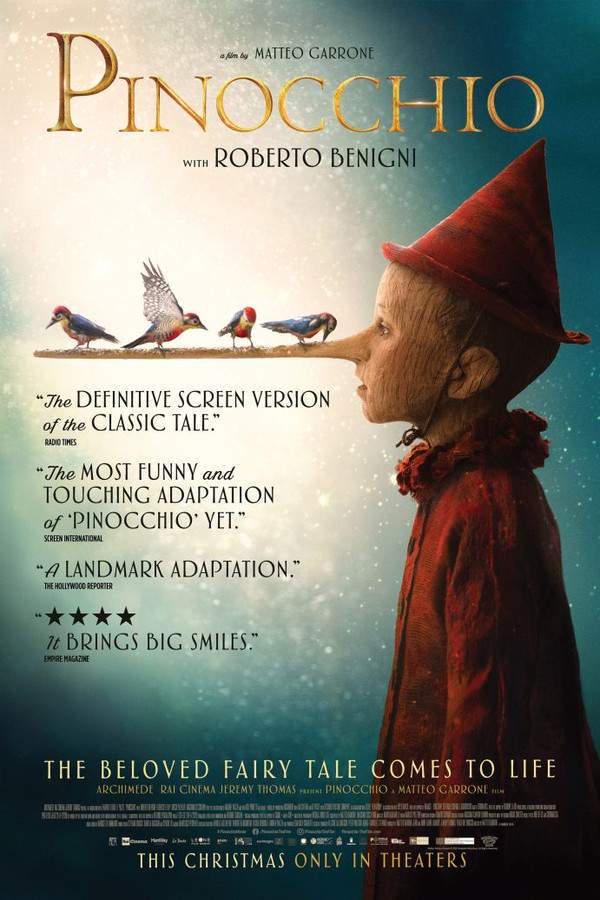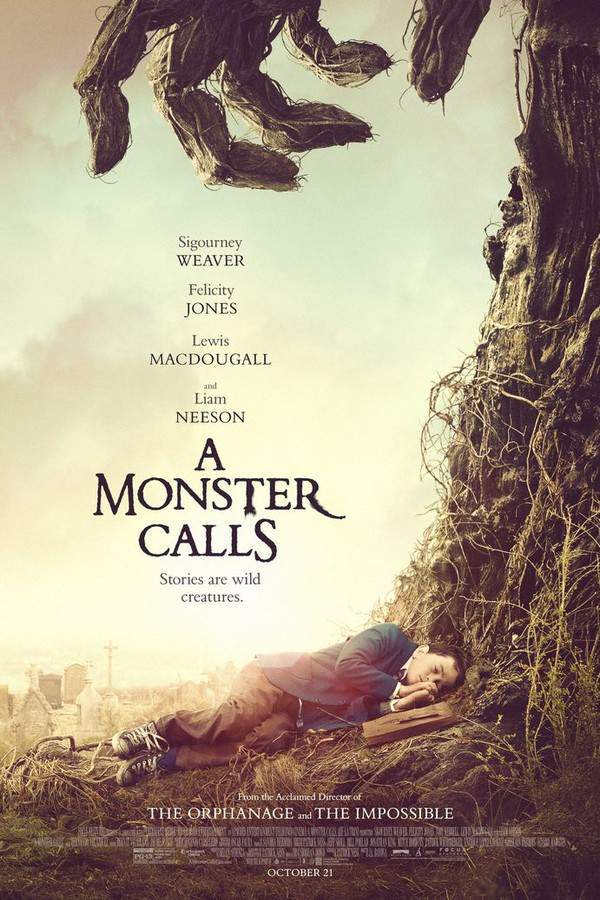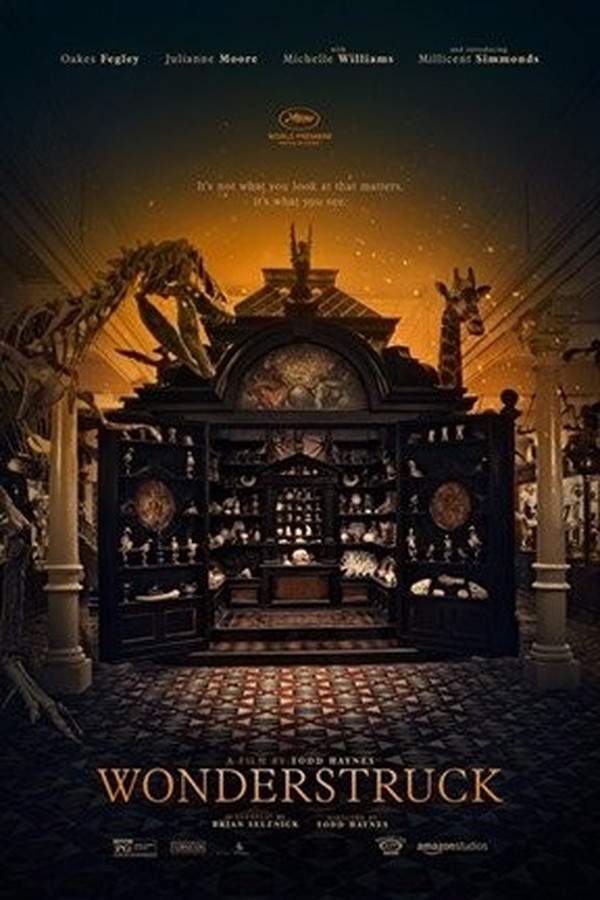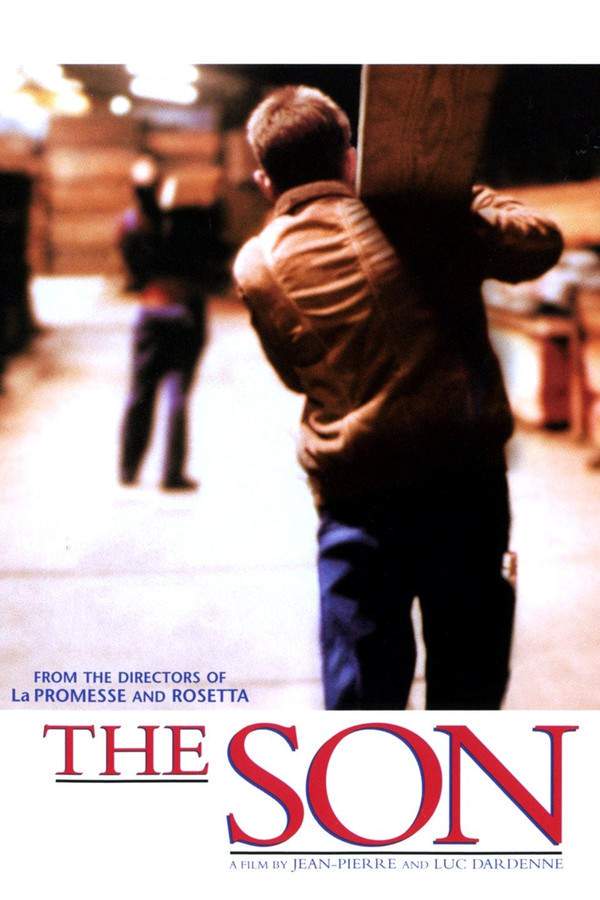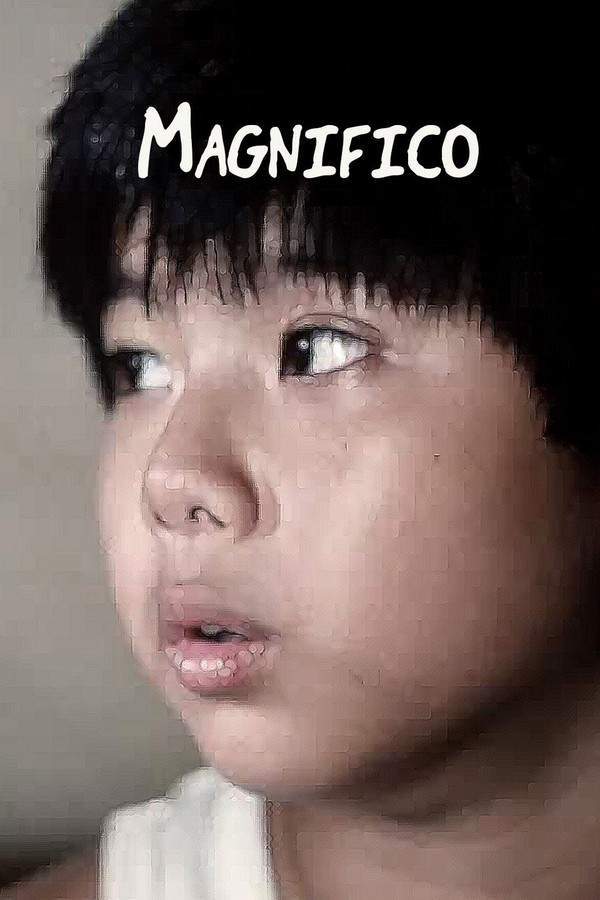
Magnifico
Year: 2004
Runtime: 120 min
Language: English
Director: Maryo J. De Los Reyes
A young boy grapples with loss as his grandmother's health declines. Finding comfort in creation, he builds a small coffin as a touching tribute to her life. Simultaneously, he undertakes a journey to obtain a necessary item for his sister, facing challenges with quiet strength and demonstrating remarkable resilience in the face of adversity, ultimately revealing the enduring power of family.
Warning: spoilers below!
Haven’t seen Magnifico yet? This summary contains major spoilers. Bookmark the page, watch the movie, and come back for the full breakdown. If you're ready, scroll on and relive the story!
Magnifico (2004) – Full Plot Summary & Ending Explained
Read the complete plot breakdown of Magnifico (2004), including all key story events, major twists, and the ending explained in detail. Discover what really happened—and what it all means.
In a quiet, sunlit town in the province of Laguna, a remarkable boy named Magnifico—known to everyone as Ikoy—becomes the unexpected heartbeat of a community that often aches for hope. He moves through life with a gentle energy and a mind that sees connections others miss, turning small moments into chances for relief and joy. Though his family is poor, his spirit is rich, and his humble, well-intentioned nature casts a warm light across a circuit of neighbors who each carry their own burdens.
Magnifico comes from a family stretched thin by hardship. His father works a string of odd jobs just to keep the roof overhead and a meal on the table. His elder brother, Miong, has lost a crucial academic scholarship, a setback that weighs heavily on him and the family. His mother devotes every waking hour to caring for two vulnerable lives: Helen, her younger daughter who lives with cerebral palsy, and her aging mother, who sits upstairs dealing with diabetes and pancreatic cancer. The grandmother’s illness rings a constant reminder of mortality and the costs of care, and the family’s limited means loom large in every decision they make. Yet Magnifico looks beyond grim numbers to the people who need him most, and his quiet brilliance often goes underappreciated, especially by a father who doesn’t always see the cleverness behind his son’s gentle actions.
The town around Magnifico is a mosaic of characters who crave a bit of relief from their own trials. There’s the grief-stricken man who mourns for his mother, a reminder of how grief can anchor a person in place while longing for something—anything—that might ease the ache. There are two feuding shop owners whose rivalry spices the street with tension yet also highlights the bonds that a close community can share. The crabby old woman who runs the mortuary stands as a prickly witness to life’s final chapters, always ready with a sharp word or a keen observation about what people owe one another in sorrow. Magnifico’s elder brother harbors a crush on a wealthy girl, a detail that hints at the ordinary desires and embarrassments of adolescence, while Magnifico’s little sister longs to see the world but cannot walk. And watching over them all, the ailing grandmother worries about the family’s ability to provide a dignified burial when the time comes. In this blend of humor, heartbreak, and everyday struggle, Magnifico’s presence becomes a steady thread of potential, a reminder that care can exist in even the smallest acts.
What makes Magnifico’s story deeply moving is not just what he wants to do, but how he does it. He applies himself with a patient perseverance, addressing each need with a practical, almost alchemical cleverness. He thinks through problems the way a craftsman plans a tool, always with the aim of easing someone else’s burden rather than seeking praise for himself. He concocts remedies for the mortician’s ailments, offering small fixes and clever ideas that ease the gravity of his surroundings. He plays matchmaker for his brother, nudging his love life toward gentler, more hopeful ground. He designs and arranges for a burial gown and a coffin for his grandmother, insisting that even in an economy of scarcity, dignity should have its due. He even negotiates a wheelchair so his invalid sister can attend the carnival, opening up a larger world of movement, possibility, and shared joy for someone who has been held back. Magnifico’s acts are never grandiose; they’re specific, compassionate, and intensely human, aimed at giving his loved ones moments of relief and celebration amid daily struggle.
As the carnival approaches, Magnifico’s quiet determination reaches its emotional peak. He does not seek recognition or reward; his aim is purely to lift others up. He measures out hope the way a potter shapes clay—inch by careful inch—until the night of the big carnival arrives and the town gathers under lantern light to witness the small miracles he has stitched together. The festivities symbolize more than simple celebration; they become a living testament to Magnifico’s belief that a single thoughtful person can transform a life, a family, and a whole community.
Tragedy, inevitability, and the fragility of life enter the story with his crossing of the street. Magnifico is fatally struck by a car, a sudden end that feels almost unreal after everything he has done to stave off despair for others. The community—Gerry, Edna, Lola Magda, and many others who have benefited from his kindness—mourns his loss as deeply as they celebrated his gifts. He is laid to rest in the coffin he originally crafted for his grandmother, a final act that blurs the line between caretaker and legacy. The funeral is not just a farewell but a collective acknowledgment of a life spent weaving together hope, love, and practical compassion for people who needed it most.
In the end, Magnifico’s story leaves a lasting imprint on the town’s memory. It is a testament to a child whose simple acts of care—driven by a genuine tenderness and unyielding optimism—could mend fractured relationships, bridge divides, and illuminate a path toward communal healing. The film unfolds as a tender, unsentimental meditation on the power of small, steadfast acts to illuminate a world that often feels heavy with difficulty. Magnifico’s name becomes a symbol of what a single compassionate life can achieve when courage and kindness meet a community willing to listen, learn, and love in return.
Last Updated: October 09, 2025 at 15:37
Unlock the Full Story of Magnifico
Don't stop at just watching — explore Magnifico in full detail. From the complete plot summary and scene-by-scene timeline to character breakdowns, thematic analysis, and a deep dive into the ending — every page helps you truly understand what Magnifico is all about. Plus, discover what's next after the movie.
Magnifico Timeline
Track the full timeline of Magnifico with every major event arranged chronologically. Perfect for decoding non-linear storytelling, flashbacks, or parallel narratives with a clear scene-by-scene breakdown.

Characters, Settings & Themes in Magnifico
Discover the characters, locations, and core themes that shape Magnifico. Get insights into symbolic elements, setting significance, and deeper narrative meaning — ideal for thematic analysis and movie breakdowns.

Similar Movies to Magnifico
Discover movies like Magnifico that share similar genres, themes, and storytelling elements. Whether you’re drawn to the atmosphere, character arcs, or plot structure, these curated recommendations will help you explore more films you’ll love.
Explore More About Movie Magnifico
Magnifico (2004) Scene-by-Scene Movie Timeline
Magnifico (2004) Movie Characters, Themes & Settings
Magnifico (2004) Spoiler-Free Summary & Key Flow
Movies Like Magnifico – Similar Titles You’ll Enjoy
Magnolia (1999) Film Overview & Timeline
The Fragile King (2024) Story Summary & Characters
The Dust Factory (2004) Ending Explained & Film Insights
The Grandfather (1999) Full Movie Breakdown
Departures (2009) Story Summary & Characters
Life Is Beautiful (1998) Ending Explained & Film Insights
Requiem (2006) Movie Recap & Themes
Vitus (2007) Plot Summary & Ending Explained
Pinocchio (2020) Detailed Story Recap
A Monster Calls (2016) Spoiler-Packed Plot Recap
Wonderstruck (2017) Full Movie Breakdown
Wonderful World (2010) Full Summary & Key Details
ma ma (2016) Film Overview & Timeline
The Son (2003) Plot Summary & Ending Explained
The First Beautiful Thing (2011) Story Summary & Characters



